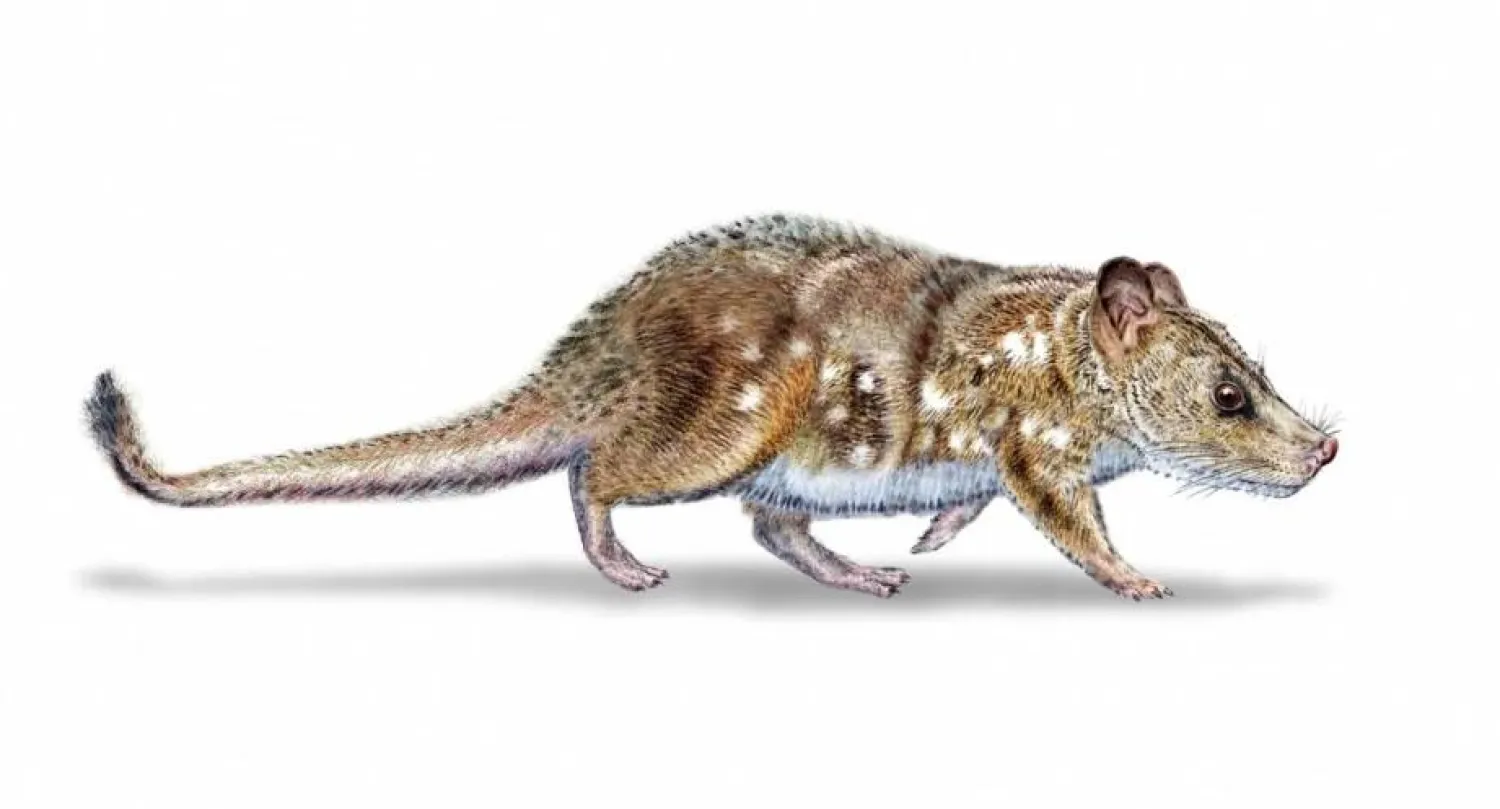Around 6 billion tons of marine sand is being dug up each year in a growing practice that a UN agency said is unsustainable and can wipe out local marine life irreversibly.
Sand is the most exploited natural resource in the world after water but its extraction for use in industries like construction is only loosely governed, prompting the UN to pass a resolution last year to promote more sustainable mining.
The findings from the United Nations Environment Program (UNEP) coincide with the launch of a new platform "Marine Sand Watch" backed by funding from the Swiss government that monitors dredging activities using marine tracking and artificial intelligence.
"The amount of sand we are withdrawing from the environment is considerable and has a large impact," UNEP's Pascal Peduzzi told a Geneva press briefing.
Pointing to an image of a ship he described as a "giant vacuum cleaner" he said such vessels were "basically sterilizing the bottom of the sea by extracting sand and crunching all the microorganisms that are feeding fish".
In some cases, companies remove all the sand to the bedrock, meaning that "life may never recover", Peduzzi added.
While globally the 6 billion being extracted is less than the sand deposited annually by the world's rivers, in some areas the removal is surpassing replenishment rates, UNEP said.
The South China Sea, the North Sea and the east coast of the United States are among the areas where the most dredging has occurred, said Arnaud Vander Velpen, a sand industry and data analytics officer with the University of Geneva.
China, the Netherlands, the United States and Belgium are among the countries most active in the sector, he said.







